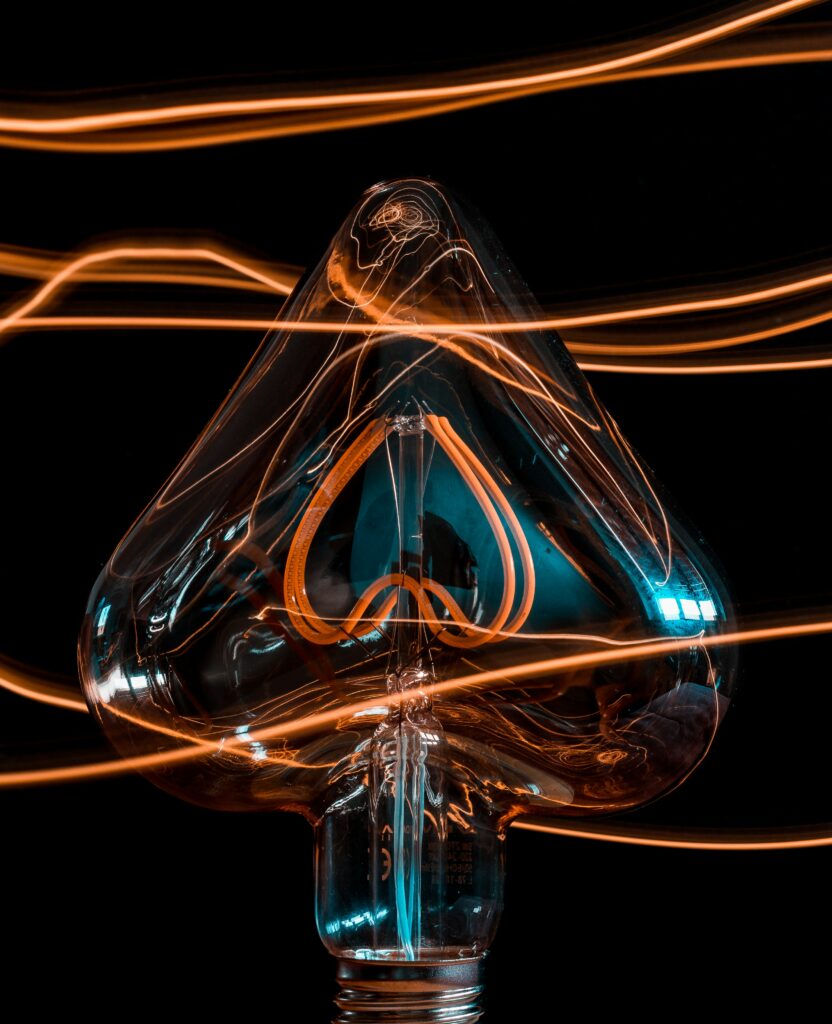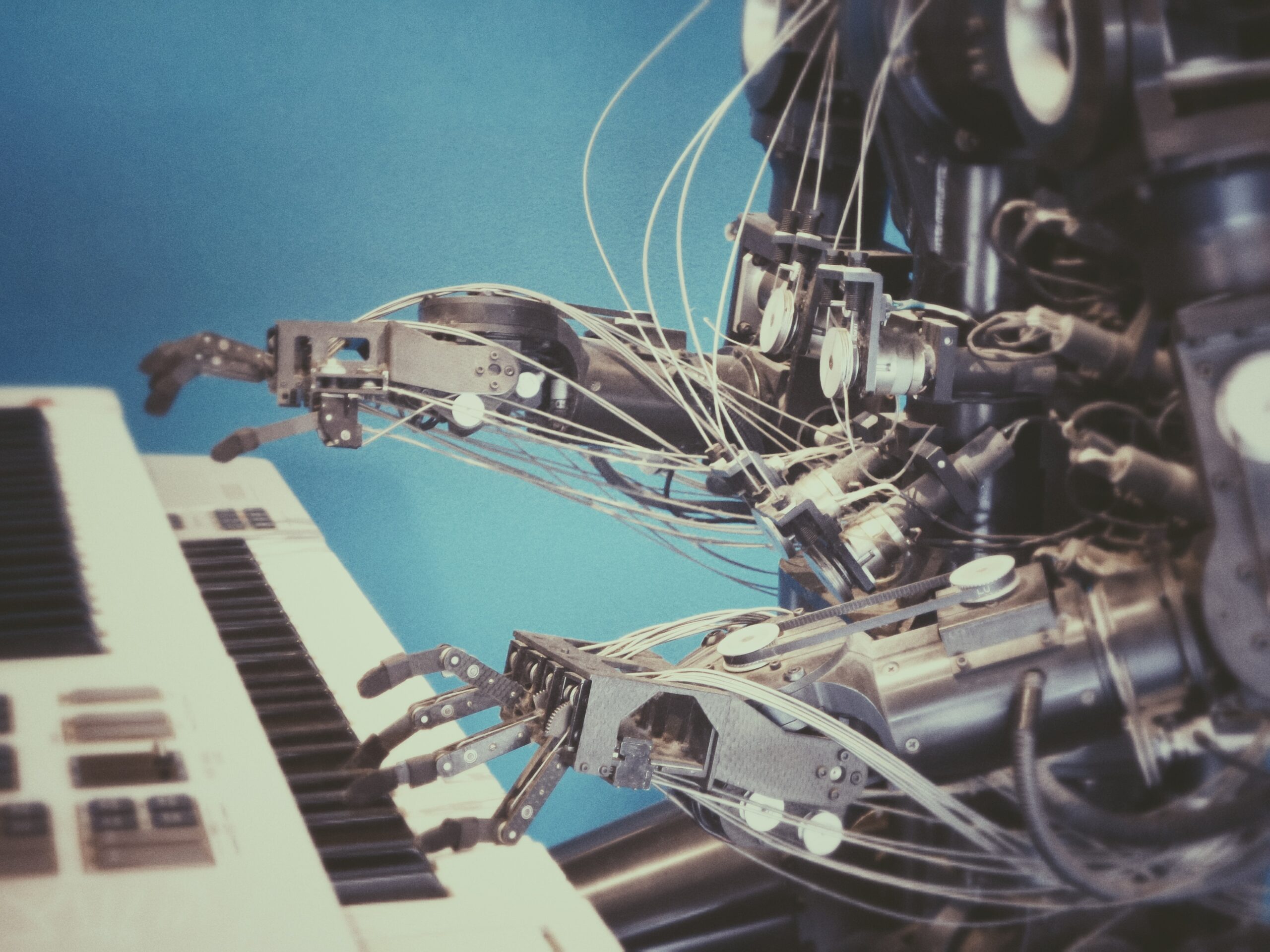Artificial Intelligence (AI) is revolutionizing every industry, from healthcare to finance, and it’s no surprise that it’s also having a profound impact on the field of intellectual property law. In today’s rapidly evolving technological landscape, the need for patent protection of AI-related innovations has never been greater. However, patenting AI-related inventions presents unique challenges, such as the rapid pace of technological advancements and complex legal considerations.
This article explores the fascinating intersection of AI and patent law, shedding light on how AI is not just a subject of patent applications but also a powerful tool for drafting AI-related patents. We’ll delve into the complexities of patent drafting in the AI domain, the role of AI in addressing these challenges, and provide practical insights into using AI to draft patent applications effectively.
Understanding AI-related Patents
AI-related patents encompass a wide range of innovations, including algorithms, neural networks, machine learning models, and hardware components designed to facilitate AI processes. These patents play a pivotal role in protecting the intellectual property of AI innovators and encouraging further technological advancement.
AI innovations have become the backbone of modern technology. They drive breakthroughs in autonomous vehicles, healthcare diagnostics, recommendation systems, and even language translation. As a result, the significance of patenting AI-related inventions cannot be overstated. Patent protection not only provides inventors with exclusive rights to their creations but also incentivizes research and development in the AI field.
The Importance of Patent Drafting
Drafting a patent application is a critical step in securing patent protection. This process involves transforming a technical invention into a legal document that meets the rigorous requirements of patent law. For AI-related inventions, this task is particularly challenging due to several factors.
The rapid pace of technological advancements in the AI domain requires patent applicants to keep pace with new developments. Second, the technical intricacies of AI often involve complex algorithms and data processing methods that must be described accurately and comprehensively in the patent application. Finally, AI-related patents must navigate the intersection of technology and law, which can be fraught with ambiguities and uncertainties.
Hence, precision and clarity are paramount in AI-related patent applications. They should not only describe the invention in detail but also anticipate potential challenges, such as prior art, to ensure that the patent stands up to scrutiny during examination and potential litigation.
AI in the Patent Drafting Process
Given the complexities of drafting AI-related patents, it’s only natural that AI itself can be a valuable ally in this process. Artificial Intelligence technologies, such as Natural Language Processing (NLP), Machine Learning (ML), and Computer Vision, are being employed to streamline and enhance patent drafting. Let’s explore how AI can benefit patent applicants in this context.
Enhanced Efficiency
One of the most significant advantages of using AI in patent drafting is the substantial increase in efficiency. Traditional patent drafting can be time-consuming and labor-intensive, involving extensive research and documentation. AI-powered tools can automate many of these tasks, such as prior art searches and generating patent drafts, significantly reducing the time required to prepare a patent application.
Improved Accuracy
Accuracy is paramount in patent drafting, as even minor errors or omissions can lead to the rejection of an application or the invalidation of a granted patent. AI can assist patent professionals in creating precise and error-free patent applications. It can identify inconsistencies or gaps in the description and suggest revisions to ensure that the patent application aligns with legal requirements.
Reduction in Costs
AI’s ability to automate various aspects of patent drafting also translates into cost savings. Companies and inventors can reduce the costs associated with hiring patent attorneys or agents for routine tasks, allowing them to allocate resources more efficiently, such as investing in research and development.
Challenges and Limitations of AI in Patent Drafting
While AI holds immense promise in patent drafting, it is not without its challenges and limitations. It’s essential to address these issues to harness AI’s potential effectively in this domain.
Ethical Concerns
One of the foremost concerns with AI in patent drafting is the potential for bias in AI algorithms. AI systems learn from historical data, which may contain biases. If not carefully monitored and controlled, these biases can lead to unfair advantages or disadvantages for certain inventors or industries.
To mitigate this issue, it’s crucial to develop AI algorithms that are transparent and fair. Additionally, patent professionals must exercise oversight and ensure that AI-generated drafts align with ethical standards.
Human-AI Collaboration
While AI can automate many aspects of patent drafting, it cannot replace human expertise entirely. Effective collaboration between patent professionals and AI tools is essential. Patent attorneys and agents should be proficient in both the technology and the legal nuances of the invention to guide the AI system effectively.
Legal and Regulatory Considerations
AI-generated patent drafts may encounter skepticism from patent offices and examiners who are accustomed to human-drafted applications. To address this challenge, patent offices need to adapt their processes and criteria to accommodate AI-generated drafts. This requires legal reforms and industry-wide acceptance of AI-assisted drafting.

AI Tools and Platforms for Patent Drafting
The practical application of AI in patent drafting relies on specialized tools and platforms designed for this purpose. These tools employ various AI technologies to assist patent professionals at different stages of the drafting process.
Let’s briefly explore some of the leading AI patent drafting platforms and their capabilities:
- Natural Language Processing (NLP) Tools: NLP-based platforms can analyze technical documents, research papers, and patent databases to extract relevant information. They can also generate patent claims and descriptions in a clear and concise manner.
- Machine Learning (ML) Assistants: ML-driven tools can predict the patentability of inventions by comparing them to existing patents and prior art. They can also recommend strategies for optimizing patent claims and ensuring broad protection.
- Computer Vision Applications: In cases involving hardware or design patents, computer vision tools can help analyze and describe the visual aspects of the invention accurately.
When selecting an AI patent drafting tool, it’s essential to consider factors such as the tool’s accuracy, compatibility with the specific domain of the invention, and the level of customization it offers.
Best Practices for AI-assisted Patent Drafting
To make the most of AI in patent drafting, here are some best practices to follow:
- Prepare for AI-Driven Drafting: Before using AI, gather all relevant technical documentation and organize it systematically. Ensure that your patent professionals are well-versed in the technology.
- Collaboration: Establish a collaborative workflow that integrates AI seamlessly into the drafting process. Patent professionals should review and guide the AI-generated drafts.
- Quality Control: Implement rigorous quality control measures to verify the accuracy and completeness of AI-generated patent applications.
- Continuous Learning: AI evolves rapidly, so invest in ongoing training for your patent team to keep up with the latest advancements in AI technology and patent law.
Intellectual Property and AI Ownership
The intersection of AI and intellectual property law raises several intriguing legal questions, particularly regarding inventorship and ownership of AI-generated inventions. Here are some of these considerations.
Legal Implications of AI-generated Patent Drafts: As AI plays an increasingly prominent role in drafting patent applications, questions arise about the legal status of AI-generated drafts. Are they considered the work of inventors, or is it the individuals who created the AI system that deserve recognition?
Determining Inventorship: Traditional patent law often requires a human inventor to be named on the patent application. However, AI-generated inventions challenge this notion. Legal reforms may be necessary to accommodate AI-generated inventions and determine who should be listed as inventors.
AI as a Tool: Some argue that AI should be considered a tool used by human inventors rather than an inventor itself. This perspective aligns with the current legal framework but may require adjustments as AI’s role in innovation continues to expand.
Future Trends in AI for Patent Drafting
As AI continues to shape the patent landscape, several intriguing trends are likely to emerge in the near future:
- Evolving AI Technologies in Patent Law: AI is not static, and its capabilities will evolve. Future AI tools for patent drafting will become even more sophisticated, capable of understanding complex technical concepts and legal nuances.
- AI in Patent Prosecution and Litigation: AI will increasingly play a role in patent prosecution, helping patent offices streamline examination processes. In litigation, AI tools will be employed for prior art searches, patent portfolio analysis, and even predictive analytics for case outcomes.
- Changes in Patent Examination Processes: Patent offices around the world may revise their examination processes to accommodate AI-generated patent applications. This could involve creating specific guidelines and criteria for AI-assisted drafting.
The convergence of AI and patent law represents a compelling chapter in the ongoing story of innovation. As AI-related inventions continue to reshape industries, patent professionals are leveraging AI as a powerful ally in drafting robust patent applications.
The journey to harnessing the full potential of AI in patent drafting is not without its challenges, from ethical concerns to legal considerations. However, as we adapt to this new era of invention, it is clear that AI’s role will only grow in importance.
AI is not just a subject of patent applications; it is a valuable tool for innovators seeking to protect their AI-related inventions. As technology continues to advance, the collaboration between human inventors and AI-driven tools will become increasingly indispensable in securing intellectual property rights and fostering innovation in the AI domain.

